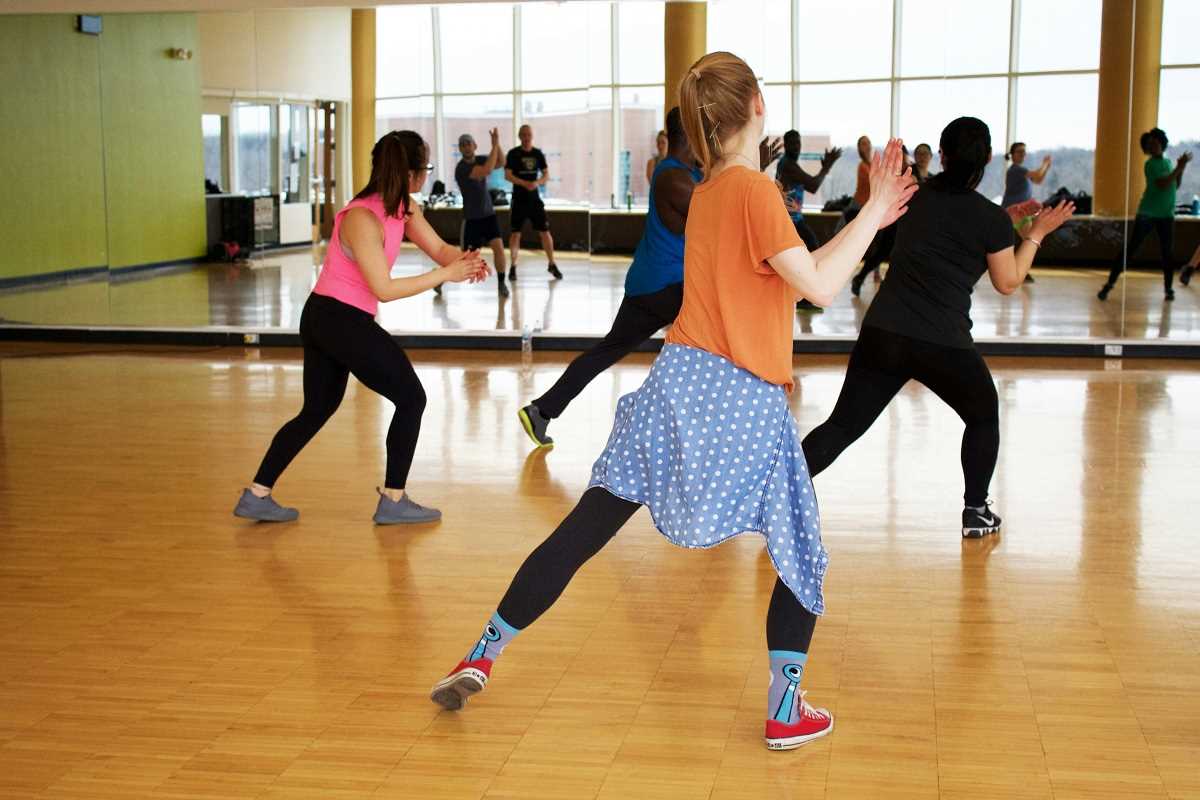If you've been hoping to boost your endurance and feel more energized, you're not alone. The idea of being able to chase after grandkids, power through a day’s work, or simply go for a long walk without feeling winded is something many women aspire to. The great news? Building endurance might be easier than you think, especially when you use a technique called interval training.
Forget the long hours trotting on a treadmill or cycling endless miles. Interval training offers a smarter, efficient way to amp up your stamina while keeping your workouts manageable and engaging. But what exactly is interval training, and how can you do it the "right way"?
This article will break it all down and help you transform the way you exercise. By the end, you'll be ready to lace up your sneakers and push your limits while still having fun.
What Is Interval Training?
Interval training is exactly what it sounds like: an exercise routine that alternates between periods of high effort and low effort. Think of it as mixing bursts of intense activity with pockets of recovery.
For example, if you're walking, you might walk briskly for one minute and follow it up with a slower-paced stroll for two minutes. Then, you repeat this cycle several times. This combination of effort and rest challenges your heart, lungs, and muscles without completely wearing you out.
It’s not a new concept; athletes have used it for decades to build fitness. But the beauty of interval training is that anyone, at any experience level, can adapt it to their own pace and goals. Whether you’re a beginner or experienced, young or middle-aged, there’s a way to make intervals work for you.
Why Does Interval Training Improve Endurance?
Before we get into the how-tos, it’s helpful to understand why this method works so well.
When you push your body during those higher-intensity bursts, you force it to adapt. Your heart works harder, your lungs take in more oxygen, and your muscles recruit more energy to keep you going. Then, during the lower-intensity recovery periods, your body works to stabilize and recover. Over time, this process makes your cardiovascular system and muscles stronger.
It’s like teaching your body to handle more effort slowly and steadily. And the best part? By recovering during the intervals, you can push harder during the vigorous parts, making your workout more effective overall.
Another reason interval training is great for endurance is that it keeps boredom at bay. Unlike steady-state workouts where you do the same activity for a prolonged period, intervals feel exciting and varied. That means you’re more likely to stick with your workouts. And as we all know, consistency is key to seeing results.
The Mental and Physical Benefits of Interval Training
Beyond improving your endurance, interval training provides a wealth of other benefits:
- Time Efficiency: If you lead a busy life, interval training is your best friend. It packs a serious fitness punch into short sessions that fit any schedule.
- Boosts Metabolism: The alternating effort keeps your metabolism humming long after your workout ends. This post-workout burn, called the “afterburn effect,” can help you feel more energized throughout the day.
- Supports Weight Management: Interval training burns calories effectively, which can support weight control when paired with a balanced diet.
- Improved Heart Health: The heart is a muscle, and it gets stronger the more you challenge it. Over time, interval training can help lower blood pressure and improve circulation.
- Builds Mental Toughness: Endurance is as much mental as it is physical. Learning to push through those tough bursts builds the kind of resilience you can use in all areas of life.
6 Steps to Building Endurance with Interval Training
Excited to get started? Here are six steps to help you introduce interval training into your routine strategically and safely:
1. Start with Your Current Fitness Level
One of the best things about interval training is its flexibility. Whether you’re fresh to exercise or have been active for years, there’s no right or wrong starting point.
If you’ve been walking casually, start by adding short speed bursts into your walk. If you’ve been cycling at a steady pace, throw in a 30-second push where you pedal as hard as you can. The goal is to challenge yourself just a little beyond your comfort zone—not push so hard that you're completely exhausted after the first round.
2. Decide on the Right Ratio of Work to Rest
The ratio of high-effort to low-effort intervals depends on your experience and fitness level. Beginners should aim for a 1:2 or even 1:3 ratio. For example:
- Walk briskly for 30 seconds, then slow it down for 1 to 1.5 minutes. Repeat this cycle.
As your fitness improves, you can bring the ratio closer to 1:1 or even 2:1, meaning your high-effort intervals are as long (or longer) than your recovery periods.
3. Warm Up Properly
Before jumping into any intense intervals, it’s essential to warm up. Spend about five to ten minutes moving at a comfortable pace to get your blood flowing and loosen up your muscles. This might include light walking, gentle stretching, or dynamic moves like arm circles.
Warming up not only reduces your risk of injury but also prepares your body to attack those intervals with energy and confidence.
4. Mix Up the Movements
Interval training isn’t limited to walking or running. You can mix and match activities to keep it fun. Some great options include:
- Cycling (alternate heavy pedaling with light pedaling)
- Swimming (alternate fast, powerful strokes with slow, restorative ones)
- Dancing (alternate between fast, high-energy moves and slower grooves)
- Strength training (alternate between high reps at a faster pace and resting periods)
Engaging in different activities challenges different muscle groups and keeps your fitness routine fresh.
5. Track Your Progress
It’s important to measure your progress to ensure you're building endurance. Pay attention to how you feel during workouts. Are the high-effort intervals becoming easier? Can you sustain them longer? Do you feel less winded during regular activities?
You can also use tools like fitness watches or apps to monitor your heart rate while exercising. Over time, you’ll notice it takes more effort to get your heart rate up, which is a clear sign that your endurance is improving.
6. Cool Down and Recover
End every interval workout with a cool-down session. Gradually slow your pace to help your heart rate return to normal and reduce muscle soreness. Stretching after cooling down can also improve flexibility and set you up for a stronger workout next time.
On top of cooling down, give your body time to recover between interval-training days. Rest days are vital for muscle repair and growth, so don’t skip them!
Common Pitfalls to Watch Out For
When starting interval training, it’s easy to overdo it. Here are a few things to keep in mind:
- Don’t Skip Rest Days: Your body needs time to recover and build strength. Overtraining can lead to injury or burnout.
- Listen to Your Body: If something feels wrong, stop. It’s one thing to push yourself; it’s another to ignore signs of strain or discomfort.
- Be Patient: Building endurance is a process. Focus on gradual improvements rather than immediate results.
Interval training is a fantastic way to build endurance and enhance your fitness levels without feeling overwhelmed. It’s approachable, adaptable, and even fun.
 (Image via
(Image via
.jpg)




